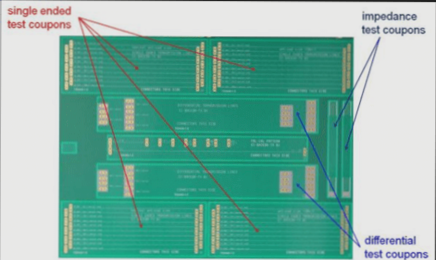Challenges in PCB Design and Production
Designing PCBs can present various challenges, especially when dealing with high assembly density and complex component placements. Utilizing double-sided solder paste printing for reflow soldering can be necessary when accommodating tall components like tantalum capacitors and chip inductors. Additionally, arranging through-hole components compactly or in straight lines can optimize the soldering process, whether manual or automated.
Importance of Component Positioning
When adjusting component positions in the PCB layout file, maintaining a one-to-one correspondence with silk-screen symbols is crucial to avoid quality hazards in manufacturing. Silk-screen symbols act as a guide during the assembly process, ensuring accuracy and efficiency in production.
Essential Features for Automated Production
- Clamping edges, positioning marks, and process positioning holes are vital for automated PCB production.
- Positioning marks aid optical assembly equipment, requiring at least two marks for accurate positioning.
- PCBs should include two to three positioning holes for processes like semi-automatic insertion and ICT testing.
Enhancing Production Efficiency
Employing puzzles effectively can enhance production efficiency and flexibility in PCB assembly. Splicing smaller PCBs together to form larger boards can optimize the manufacturing process, especially for automated assembly.
Yin-Yang Splicing Technique
Yin-Yang splicing involves assembling a PCB with SMD on both sides into a larger board, reducing costs and enhancing programming efficiency for placement machines. Connection between sub-boards can be achieved through various methods like double-sided engraved V-slots.
Cost-Effective Jigsaw Approach
Modern solder paste printers allow for the creation of multi-sided PCB mesh patterns, offering a cost-effective solution for manufacturers dealing with small batches and diverse varieties.

Testability Design Considerations
The testability design of Surface Mount Technology (SMT) focuses on addressing current In-Circuit Test (ICT) equipment conditions to anticipate and resolve potential testing challenges that may arise during later stages of product manufacturing. To optimize testability, both process design and electrical design aspects need to be carefully considered.
Process Design Requirements
- Precise Positioning Holes: Incorporating precise positioning holes on the substrate is crucial. These holes should have a tolerance within ±0.05mm. It is recommended to have a minimum of two positioning holes with an ideal distance between them. Non-metallized holes should be used to prevent thickening of the solder plating layer. If the substrate is manufactured as a single unit before individual testing, positioning holes must be present on both the main board and each sub-board.
- Test Point Specifications: Each test point should have a diameter of at least 0.4mm, with an ideal spacing of over 2.54mm between adjacent test points and no closer than 1.27mm.
- Component Height Restrictions: Components above a certain height should not be placed on the test surface to avoid interference with proper probe-to-test point contact.
- Test Point Clearance: It is recommended to position test points at least 1.0mm away from components to prevent damage to both probes and components. No components or test points should be within 3.2mm around the positioning hole’s ring.
- Edge Clearance: Test points should not be located within 5mm of the PCB’s edge to ensure proper fixture clamping, which is typically necessary during conveyor belt production and SMT processes.
- Plating of Test Points: All test points should ideally be plated with tin or a soft, easily penetrable, non-oxidizing metal to ensure reliable contact and prolong the probe’s lifespan.
- Solder Resist and Ink Limitations: Test points should not be covered by solder resist or text ink to maintain the contact area and test reliability.
Electrical Design Requirements
- Via Hole Connections: SMC/SMD test points should be routed to the soldering surface via via holes with a diameter exceeding 1mm whenever possible. This setup facilitates online testing using a single-sided needle bed, reducing testing expenses.
- Test Point for Each Node: Each electrical node must have a corresponding test point, with POWER and GROUND test points for each IC positioned as close as possible, preferably within 2.54mm of the component.
- Trace Width for Test Points: The width of circuit trace test points can be expanded to 40 mils.
- Distribution of Test Points: Test points should be evenly distributed across the printed board to prevent excessive pressure in one area, which could deform the board or needle bed and hinder probe-to-test point contact.
- Power Supply Line Break Points: Break points along the power supply line in various PCB areas aid in quicker and more accurate fault location when components short-circuit. Designing breakpoints should consider restoring test functionality.
If you require PCB manufacturing services, feel free to reach out to me. Contact me




